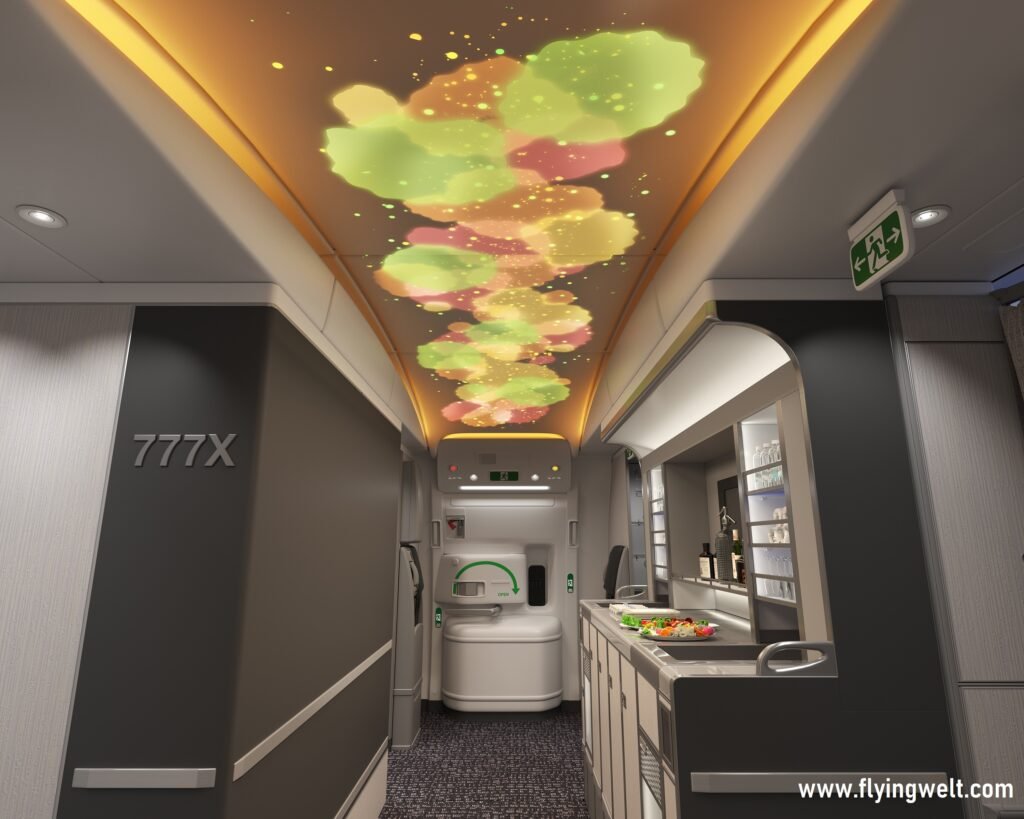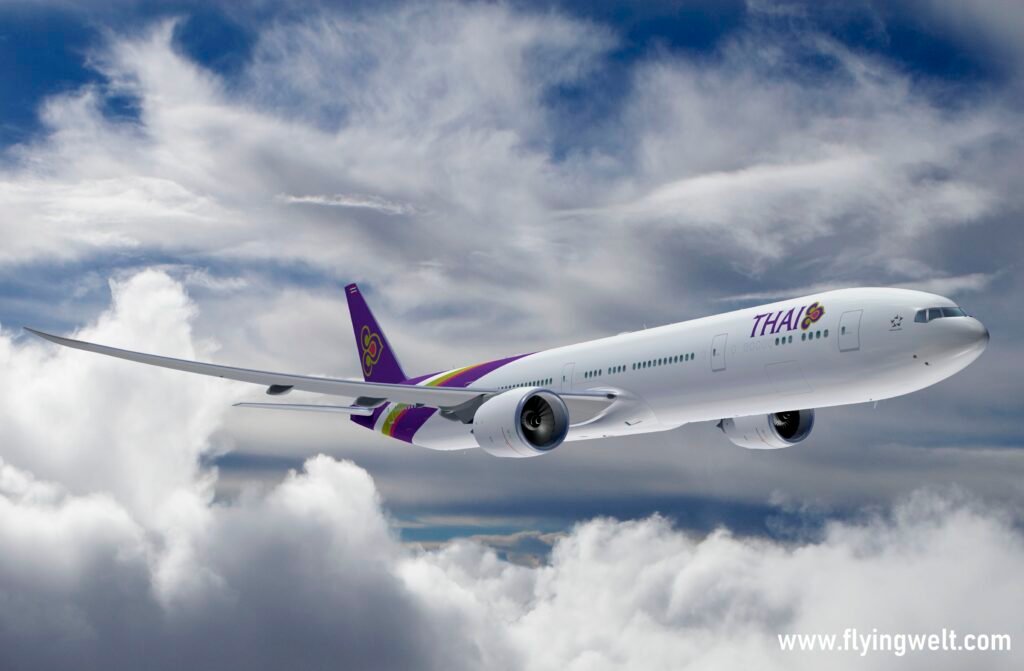The Boeing 777, often referred to as the “Triple Seven,” is an iconic wide-body, long-range commercial airliner known for its exceptional performance, reliability, and cutting-edge technology. Manufactured by Boeing Commercial Airplanes, this magnificent aircraft has left an indelible mark on the aviation industry since its first flight in 1994. This article explores the fascinating history, innovative features, and significance of the Boeing 777 in shaping modern air travel.
A Legacy of Innovation

The Boeing 777 was developed as a direct response to the increasing demand for long-haul travel, as well as the need for an efficient replacement for aging wide-body aircraft. Boeing embarked on an ambitious project that would revolutionize the world of aviation. The company invested heavily in research, employing advanced computer-aided design and engineering simulations to create an aircraft that would surpass its predecessors.
Technological Marvels

The Boeing 777 is a testament to human ingenuity and engineering prowess. It was the first commercial airplane to be designed entirely by computer, streamlining the development process and reducing the time required for testing and validation. The extensive use of lightweight composite materials, such as carbon-fiber-reinforced plastic, contributed to the aircraft’s impressive fuel efficiency and weight reduction.
Moreover, the 777 introduced the fly-by-wire system, replacing conventional manual flight controls with an electronic interface, enhancing flight stability, and providing pilots with unprecedented control over the aircraft. This advanced system paved the way for future aircraft design, including the Boeing 787 Dreamliner.
Unmatched Performance

The Boeing 777’s exceptional performance lies at the heart of its popularity. With its extended range and twin-engine configuration, the aircraft became a preferred choice for long-haul flights, offering airlines increased flexibility and cost savings. The 777’s maximum takeoff weight and payload capacity allowed it to carry large numbers of passengers and cargo across vast distances without compromising on comfort or safety.

Enhanced Passenger Comfort

One of the hallmarks of the Boeing 777 is its commitment to passenger comfort. Airlines have the flexibility to customize the interior layout to accommodate various seating arrangements, ensuring a comfortable and enjoyable journey for travelers. From spacious seating and wider aisles to larger windows and advanced cabin pressurization, every detail was meticulously designed to enhance the flying experience.
Evolving Variants
Over the years, Boeing has continually improved the 777, introducing several variants to meet evolving market demands. The 777-200, 777-200ER (Extended Range), 777-300, and 777-300ER were among the early versions. Later, the 777-200LR (Longer Range) and the ultra-long-range 777-200X and 777-300X concepts were developed.

In 2013, Boeing launched the 777X series, featuring new engines and advanced wing technology, further improving fuel efficiency and extending the aircraft’s range. The 777X includes the 777-8 and 777-9, which have larger wingspans, enhanced cabin designs, and cutting-edge avionics.
Safety and Reliability
The Boeing 777’s impressive safety record and reliability have earned it the trust of airlines and passengers worldwide. Equipped with state-of-the-art avionics and safety systems, the aircraft adheres to stringent safety standards set by regulatory authorities, ensuring a secure and smooth flight experience.

The Boeing 777 stands as an enduring symbol of innovation and progress in the aviation industry. From its inception, this engineering marvel has continually pushed the boundaries of what is possible in commercial aviation, delivering unparalleled performance, safety, and passenger comfort. As we look to the future, the legacy of the Boeing 777 will undoubtedly continue to influence aircraft design and inspire a new generation of aviation enthusiasts.
